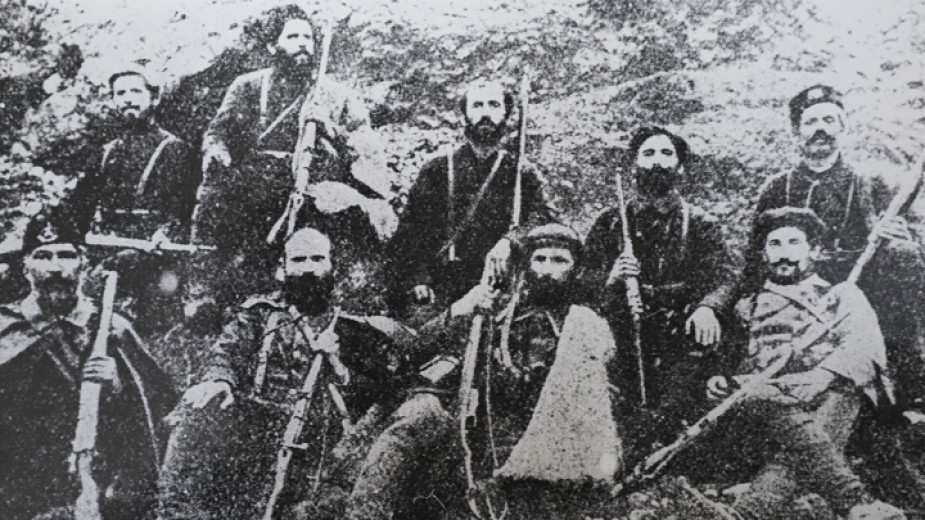 7
7
August 2 marks the 119th anniversary since the outbreak of the Ilinden-Preobrazhenie Uprising. It was the result of the strong reaction of the Bulgarian people to the decision of the Great Powers (Great Britain, Austria-Hungary, Russia, France, Germany, Italy) to keep the regions of Macedonia and Southern Thrace within the Ottoman Empire after the end of the Russo-Turkish War, which led to the liberation of Bulgaria. The struggle against this decision, taken during the Berlin Congress of 1878, turned into an organized revolt with the establishment of the Internal Macedonian-Adrianopolitan Revolutionary Organization (IMARO) in Thessaloniki and the formation of a dense network of revolutionary committees of the local Bulgarian population. In 1903, ten years after its establishment, the Internal Macedonian-Adrianopolitan Revolutionary Committee (IMARO) decided that the time for an organized revolt against the Ottoman Empire had come.
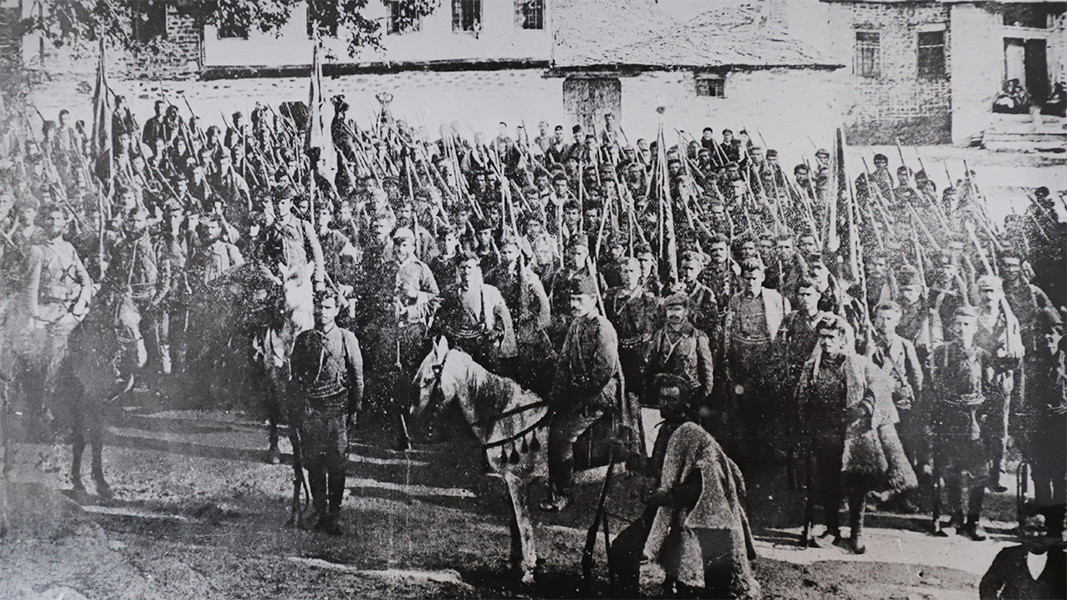
The first mass uprising was in the Bitola Revolutionary District. Later, the revolt spread to Lerin, Kostur(tpoday part of Greece), Ohrid and Kichevo (today part of North Macedonia). A republic was proclaimed in Krushevo. Rrepresentatives of all ethno-religious groups in the town were invited to take part in its governance. Although it lasted only 10 days - from August 3 until August 13, it is considered the greatest achievement of the uprising. In the Thessaloniki region, operations were much more limited and without much local involvement. The uprising of the Bulgarians in Edirne district began on August 18, the Feast of the Transfiguration. The region of Serres (today part of Greece and Bulgaria) was the last one to join the revolt- on September 27 (the Feast of the Holy Cross). On September 17, the headquarters of the uprising called on Sofia to declare war on Turkey. Bulgaria, which was not prepared for war, expressed only diplomatic protests against the violence against the insurgents.
In the course of two months, more than 26,000 insurgents fought 289 battles in Macedonia and Thrace against 250,000 Ottoman troops. There were huge casualties. More than 200 Bulgarian villages and towns were burned. More than 30,000 people fled to Bulgaria.

Here is what historian and memoirist Hristo Silyanov, who also participated at the Ilinden-Preobrazhenie Uprising, wrote in the famous book “The Liberation Struggles of Macedonia”: “There was a massive uprising in the regions of Bitola and Edirne. All the people rose up and bound their destiny-life, property, honor – with the outcome of the revolt. No other insurrection in the Balkans has brought so much devastation and claimed the lives of so many innocent people in such a short period of time. The feat of the participants in the Ilinden-Preobrazhenie Uprising is not only the culmination of the struggle in Macedonia, but a scapegoat of the common aspiration for freedom.”
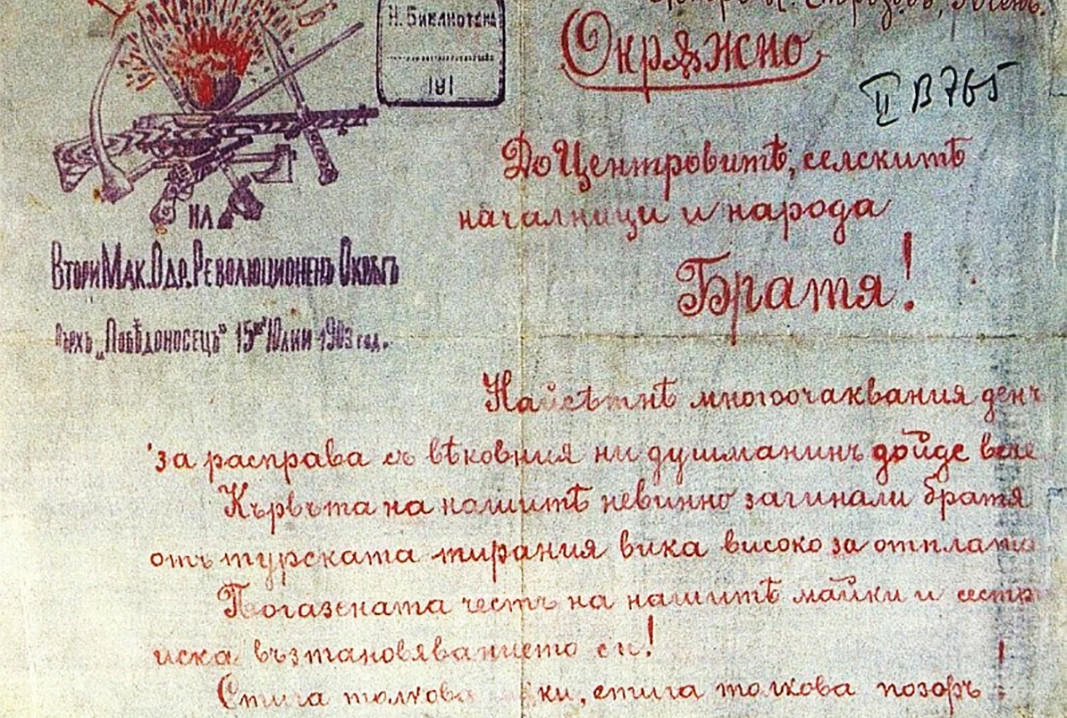
All Bulgarians bow their heads to the heroic feat of the participants of the Ilinden-Preobrazhenie Uprising. Official celebrations will take place today in many parts of the country on the occasion of the anniversary. Citizens are expected to lay wreaths to commemorate the heroes of the uprising.
For the first time five years ago, Bulgaria and North Macedonia paid tribute together to the heroes of 1903. This happened one day after the two countries signed the historic Good Neighbor Agreement. Delegations of Bulgaria and North Macedonia, headed by Premier Boyko Borissov and Zoran Zaev, laid wreath together at the grave of Gotse Delchev in St. Spas Church in Skopje.
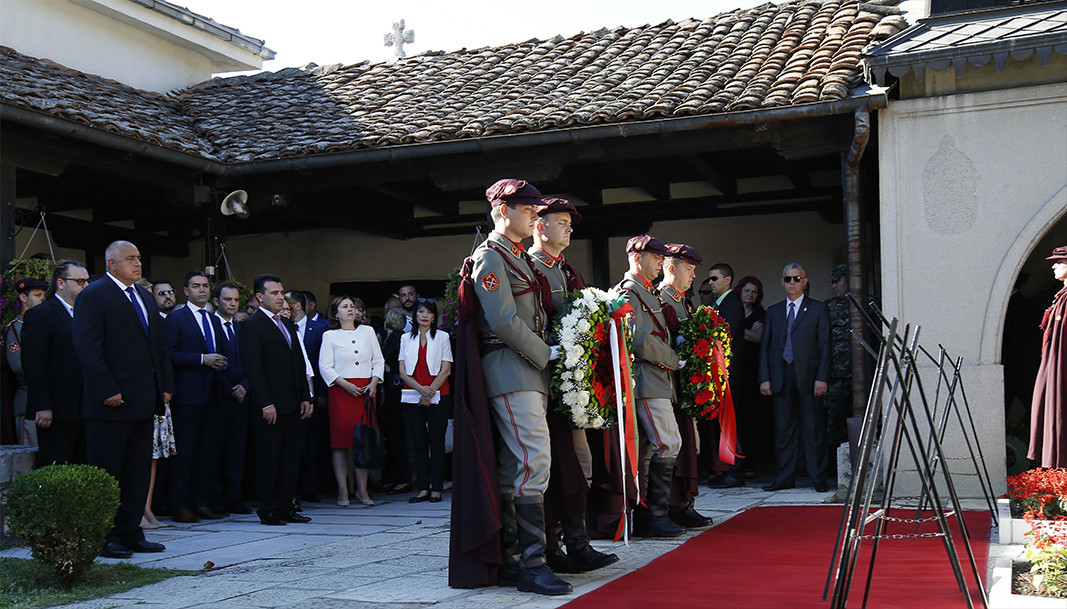
However, the expectations that the strong symbolism of this act would affect positively the bilateral relations, did not fully materialize. Due to ideological differences, the dialogue between the historians of the two countries never led to mass celebrations of common historical events, including the Ilinden-Preobrazhenie Uprising.
August 2 in North Macedonia is associated with another memorable event, which took place four decades after the heroic uprising. The Antifascist Assembly for the National Liberation of Macedonia (ASNOM) was summoned on August 2, 1944, at St. Prohor Pcinjski Monastery, now in Serbia. The most important assembly decisions are the proclaiming of a Macedonian nation-state of ethnic Macedonians, proclamation of ethnic Macedonian as the official language of the Macedonian state.
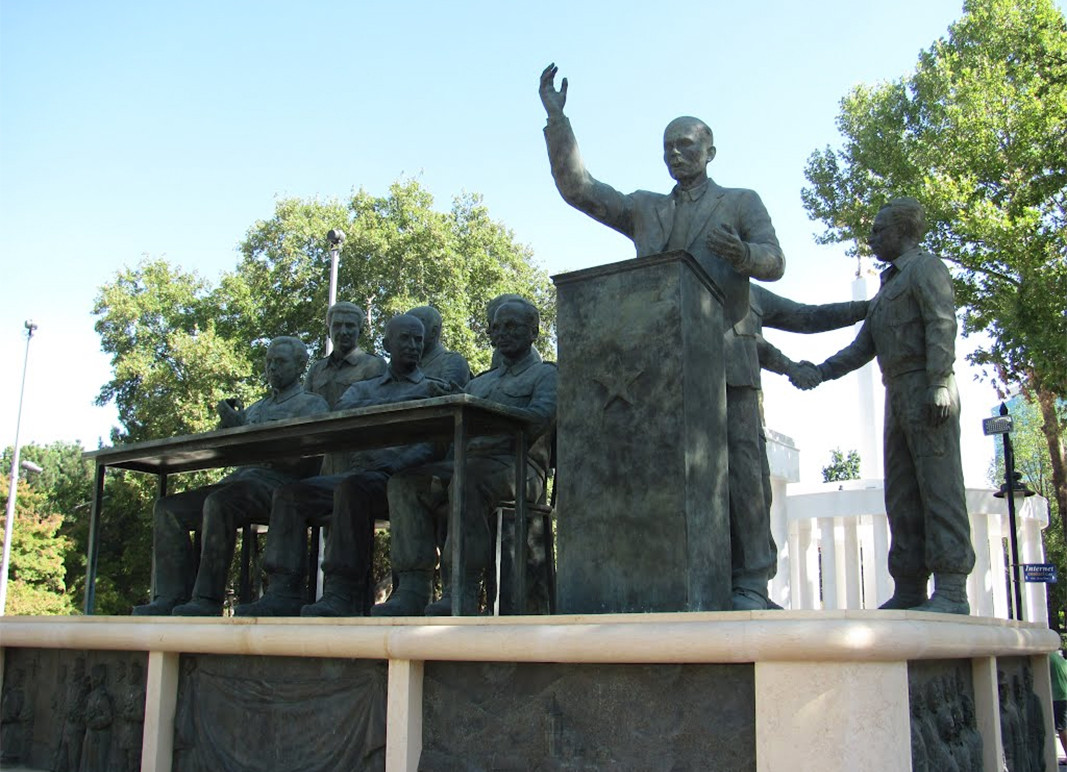
Today, in Skopje, there are still voices of discontent that Bulgaria continues to celebrate the Ilinden-Preobrazhenie Uprising of 1903.
English version: Kostadin Atanasov
Photos: BGNES, Ivo Ivanov, State Archives Agency
Trapezitsa is one of the three hills for which the old Bulgarian capital, Tarnovgrad (the medieval name of today’s Veliko Tarnovo), is famous . Located to the northwest of the town, it stands across from the neighboring hill Tsarevets – the..
On the feast of the Dormition of Saint Ivan Rilski, the Bulgarian Patriarch and Metropolitan of Sofia Daniil led the Divine Liturgy at the Rila Monastery. On the eve of the feast, he bowed before the relics of the patron saint of the Bulgarian people..
Today, August 18, the Bulgarian Orthodox Church marks the Dormition of St. John of Rila – the heavenly patron of Bulgaria. He is the most beloved saint in Bulgaria and is revered even beyond the borders of this country. We associate..

+359 2 9336 661
